Hinglaj Mata : Warrior Goddess in Balochistan
23 Oct 2020 10:30:30
- Himali Nalawade
Hinglaj Mata is worshiped all over India and is the Kuldevi of many Kshatriyas but the main temple of the goddess is located in Balochistan. In a country like Pakistan, survival of a Hindu temple is challenging but the Balochi tribes have sustained the sacredness of the temple. Of course, during the 1965 war, the Pakistani army had attacked the temple by bombarding the place heavily, however, no damage was caused to the temple or the idol of the goddess.
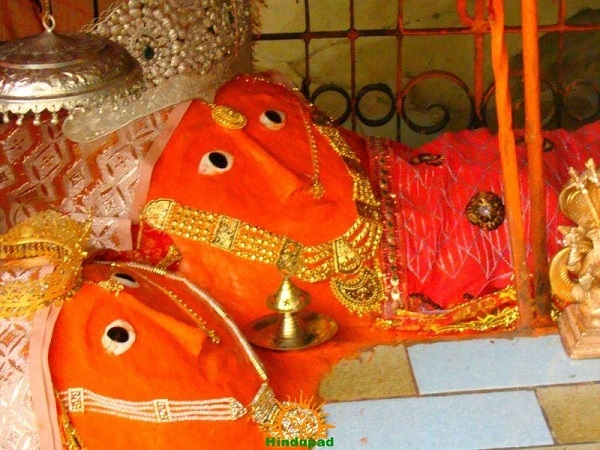
Hinglaj Mata is believed to be the form of Mata Parvati. According to the legends, when Sati, the consort of Mahadev, had sacrificed herself to fire, Shiva enraged by the act, had turned into Veer Bhadra. Drowned in grief and burning with rage, Veer Bhadra was carrying her body everywhere with him and causing destruction. To end this destruction, Vishnu had to use his Sudarshan Chakra to destroy Sati's body so that Veer Bhadra can overcome his grief by detaching himself from the material remains of the goddess.
After Vishnu's Sudarshan Chakra destroyed Sati's body, it is believed that her body was divided into 51 parts which fell at different places on earth. These places were developed as Shaktipeeth later. The Hinglaj Mata Mandir located on the bank of river Hingola in Balochistan is counted to be an important Shaktipeeth and it is believed that Mata Sati's forehead was fallen there which is why the place is of religious significance to Hindus.
How Hinglaj Mata became the Kuldevi of both Brahmin and Kshatriyas?
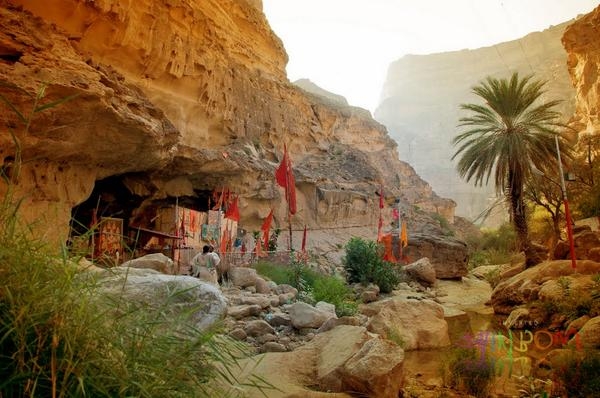
The original idol is made of stone and is believed to have naturally occurred and not installed artificially, in a natural cave on the banks of river Hingola. The goddess is later many times associated with different avatars of Vishnu as well. Once when Lord Parshuram was on a spree to kill all the Kshatriyas, he went to the capital of King Ratnasen, who afraid of Parshuram's wrath went to Sage Dadhichi to seek assistance. Ratnasen went to the sage with his five wives who were all pregnant. Later, after the Ratnasen's five princes were born, Ratnasen was killed by Parshuram.
Further when Parshuram visited Dadhichi and asked who the kids were, the sage lied to protect the kids and said that these were Brahman children who were there to learn vedas. Jayasena was one of then and Parshuram was impressed by the devotion in his behaviour. So Lord Parshuram took Jayasena with him to teach him Dhanurvidya. Many years passed by and once while Parshuram was resting his head near Jayasena to rest, Indra arrived in the form of a bee and bit Jayasena on his lap. Jayasena was not bothered by it but when blood from his injury reached Parshuram, he was awakened.
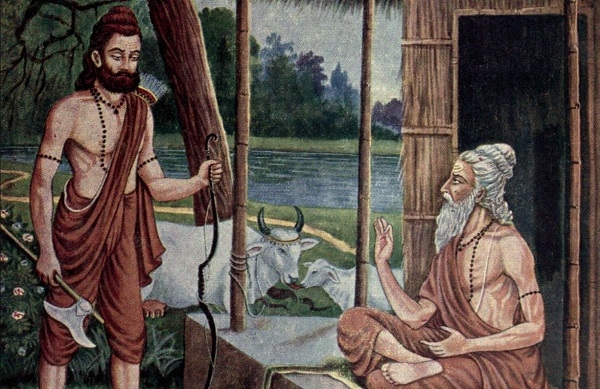
After that Parshuram asked Jayasena to tell the truth whether he is really a Brahmin a Kshatriya? Jayasena assured him that he is a Brahmin. But Parshuram was not satisfied since Jayasharm's blood was warm like a Kshatriya. Then Jayasena told him that he was a Brahmin with sage Dadhichi's blessings and a Kshatriya as per to your words. So I am both a Brahmin as well as a Kshatriya. Parshuram now was in a dilemma and he said that since Jayasena was his own pupil he wouldn't kill him, but your vansh will henceforth be known as 'Brahmakshtriya'.
Jayasena returned to Dadhichi and told him everything and asked him what to do? Sage Dadhichi told Jayasena to return to his land and establish his kingdom. That is when the sage told the prince to worship Hinglaj Mata as his Kuldevi. After being pleased by Jayasena's devotion, Hinglaj Mata appeared before Jayasena and blessed him immunity from Parshuram. This is the legend that explains why both Brahmins and Kshatriyas worship Hinglaj Mata as their Kuldevi.
According to another reference, it is believed that when sage Jarasandh, father of Parshuram, was meditating in the cave of Balochistan, the goddess appeared in front of him and it is since then the place is being worshipped for the remains of Sati.
When Bhagwan Ram visited Balochistan
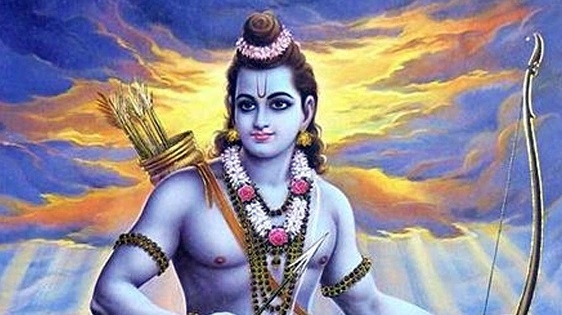
It is believed that even Bhagwan Rama has visited the temple. After defeating and killing Ravana, although it was the triumph of good over evil once again, but Bhagwan Rama had sinned by practicing 'Brahmahatya' (killing a Brahmin). It was then when he advised to go to hinglaj Mata and worship her to get rid of the sin. Therefore, after killing Ravana Bhagwan Rama is believed to have visited the cave temple of Hinglaj Mata as well, of course, only after returning back to Ayodhya. There is a stone at the entrance on the cave with image of sun and moon on it. It is believed that the stone has been installed by Bhagwan Rama. Talking in terms of history, it may be a Herostone or Virgal and a study of the image can reveal several things about the place.
Hinglaj Mata to Bibi Nani : From the Goddess of Hindus that of Balochis
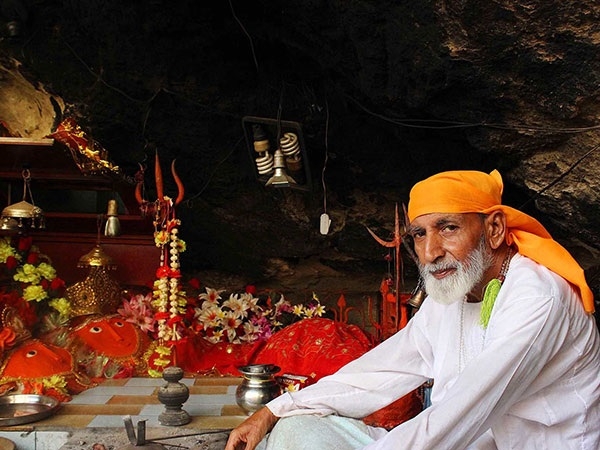
The goddess is worshipped by Hindus from both India and Pakistan. The yatra takes place during spring when the pilgrims arrive in Hinglaj they complete a series of rituals, like climbing the Chandragup and Khandewari mud volcanoes. Devotees throw coconuts into the craters in the Chandragup mud volcano to make wishes and thank the gods for answering their prayers. Some scatter rose petals, others paint their bodies and faces with clay. Pilgrims then take a ritual bath in the sacred Hingol river before finally approaching the shrine marking the goddess’s resting place.
However, its not just the Hindus who worship the goddess but the tribal inhabitants of Balochistan also worship the goddess and call her 'Bibi Nani' and they too follow a same pilgrimage calling it the 'Nani ki Haj' which they perform with utmost devotion. The Balochi tribes have witnessed the wrath of the Pakistani army in 1965 when the holy shrine was heavily bombarded but not a thing was damaged around it despite of the constant firing. The tribes have witnessed the miracle actually happening and thus are devoted to the goddess. Again bhakti can only be experienced and not explained so only a bhakt can understand the sentiment of what could have happened in 1965.